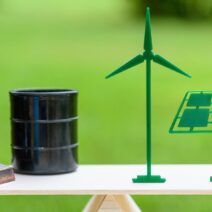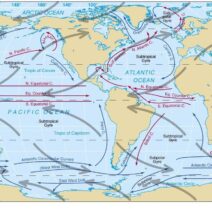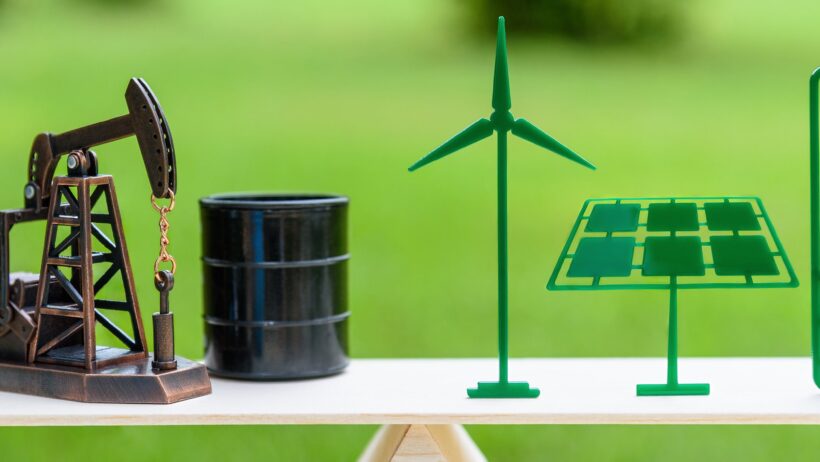Our energy choices are akin to the ink with which we draw the intricate tapestry of our future. Every decision made today resonates through the annals of time, shaping the world for generations yet unborn. As stewards of this planet, we possess the profound responsibility to consider how our energy consumption contributes to the imminent specter of global warming, a phenomenon that jeopardizes the very fabric of our biosphere.
Picture a world where our energy sources are diverse, harmonious, and sustainable, much like an orchestra performing a symphonic masterpiece. Conversely, envision a cacophony of discord, a relentless drone of fossil fuels leading to a dissonance that threatens to drown out the soft whisperings of life. The choices we make regarding energy production and consumption directly correlate with the magnitude of greenhouse gas emissions, which act as the proverbial blanket enclosing our planet. This blanket, while cozy, is tightening, resulting in rising temperatures and erratic weather patterns.
The primary conventional source of energy has long been fossil fuels: coal, oil, and natural gas. This triad bows to the demands of industrialization, providing the power needed for economies to flourish but simultaneously exhaling carbon dioxide—an insidious agent of climate change. The allure of fossil fuels lies in their accessibility and affordability, a siren’s call that many nations have heeded. Yet, this comes at an irrevocable cost: the degradation of our environment. The emissions from burning fossil fuels compose a noxious fog over our cities, adversely affecting air quality and public health, while hastening the warming of our planet.
Emerging from the shadows of fossil fuels is a cadre of renewable energy sources, poised to illuminate the path toward sustainability. Solar, wind, geothermal, and hydroelectric power represent not merely alternative choices but a revolutionary paradigm shift. Each of these sources is a tributary flowing into the same river of clean energy, offering the potential to quench our insatiable thirst for power without the collateral damage inflicted by their fossilized counterparts. Solar energy, harnessed from the celestial sphere, shines as the most abundant energy source available to humanity, reflecting our potential to embrace a brighter, cleaner future.
Wind power, on the other hand, whirls through mounts and valleys, capturing kinetic energy with grace as it turns turbines that stand tall as modern-day windmills. These structures symbolize the dichotomy of progress and preservation, reminding us that innovation need not come at the expense of nature’s delicate balance. Yet, for many, the transition from fossil fuels to renewable energy can seem daunting, akin to navigating a labyrinth without a map. Policy frameworks, economic structures, and individual actions must converge to form a coherent strategy that prioritizes low-carbon technologies.
Moreover, the concept of energy efficiency plays a pivotal role in mitigating climate change. It is not merely about utilizing cleaner energy but about consuming less in the first place. Energy efficiency is equivalent to tightening a belt; it requires discipline and awareness of our consumption patterns. Investing in energy-efficient appliances, optimizing transportation systems, and retrofitting buildings to conserve energy can drastically reduce the demand for electricity and fuel. This paradigm of efficiency enhances our technological landscape while fostering economic opportunities.
The financial incentives for making sustainable energy choices are compelling. Governments, businesses, and individuals have an opportunity to invest in clean technologies through incentives, subsidies, and tax benefits. Such financial models are akin to planting seeds in fertile soil; with careful nurturing, they will bear fruits that contribute to a sustainable economic ecosystem. As awareness and understanding of climate change intensifies, consumers increasingly value products and services that reflect a commitment to sustainability. This shift in market dynamics encourages businesses to innovate, ultimately leading to greater adoption of clean energy solutions.
However, despite the clear path toward sustainability and clean energy, numerous challenges persist. Political fragmentation, inconsistent regulation, and multinational corporations that cling to fossil fuel dependency pose significant hurdles. Navigating these obstacles requires a concerted effort from all sectors of society. Grassroots movements and community engagement play an instrumental role in fostering awareness and action. Empowering individuals to take ownership of their energy choices creates a ripple effect; collectively, small actions morph into a tidal wave of change.
Furthermore, education is paramount. Instilling a deep-seated understanding of energy systems and their environmental impacts in the youth fosters a generation that is not only aware but motivated to create lasting change. Schools can become breeding grounds for innovative ideas and initiatives that promote sustainable practices. As environmental consciousness burgeons, job prospects in emerging green sectors will flourish, further solidifying the link between sustainable choices and economic advancement.
As stewards of the earth, the strategic decisions we make regarding energy production and consumption—each imbued with our collective values and aspirations—will reverberate through the corridors of time. The choice is ours: continue down the well-trodden path of fossil fuels, perpetuating a cycle of harm, or dare to venture into uncharted territory, where clean, renewable energy sources bloom like wildflowers after a spring rain. In making our energy choices, we imbue our future with either an augmenting burden or a chance for rejuvenation. The stakes are high, and the moment for action is now.
Ultimately, our energy choices tether us to the environment and reveal the impacts of our collective actions on the climate. Every watt consumed reverberates through the Earth’s atmosphere, reshaping our climate’s future, which is increasingly becoming precarious under the strain of our decisions. It is imperative that we scrutinize our energy habits with intent and resolve—time is of the essence, and the future depends on the choices we make today.






